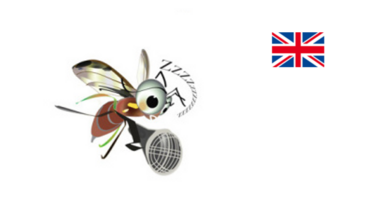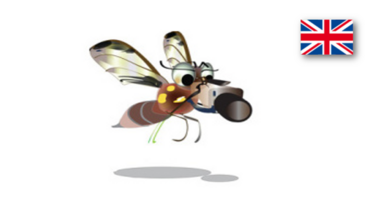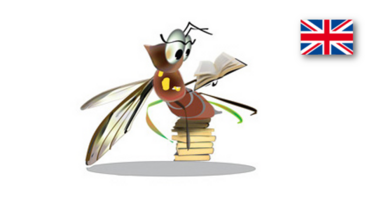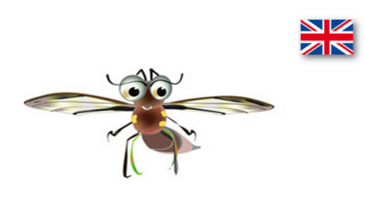En ligne depuis le 27/06/2017
0/5 (0)
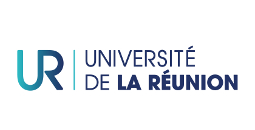
Description
Chapter 1, Invasive species - insects and islands, will guide you across the definition of biological invasions, the Williamson's tens rule, anthropogenic arrivals and their quantification (case study on the island of Gough), and the important transition between establishment and invasion. The vulnerability of islands to biological invasions, as well as the main factors involved, will be seen. The main effects and costs of insect invasions will be shown in natural as well as in cultivated areas. Finally, you will have a glimpse at science and society aspects, of the perception of the role of species invasions. Some new references and examples have been added in this english version, and will be integrated in the 2017 french version of IBAR.
Chapter 2, Biological control, introduction and acclimatization of auxiliary insects, will guide you, after a brief history and definitions, across predator or parasitoid insects used in biological control, with some examples of use against invasive insects, and two case studies (Bemisia tabaci and Dacus ciliatus). Examples from Hawaii and California are underscored in the historical aspects of biological control in this english version of IBAR, and will be integrated in the revised french version of 2017. A rehearsal of Chapter 1, important for biological control agents, is the step between introduction and establishment. Successes and failures in biological control programs will be presented, focusing on introduction-acclimatIzation, and control of target populations. At the frontiers of biological control, you will see a brief overview of use and prospects of the Sterile Insect Technique (SIT), Release of Insects carrying a Dominant Lethal (RIDL) and Incompatible Insect Technique (IIT), new in the english version of IBAR and to come in the revised french version (2017), together with more recent references and more detailed examples. Finally, the perception of biological control will be discussed.
Chapter 3, Agroecological management of fruit flies on Reunion Island , with the innovative GAMOUR project in Reunion Island, will highlight links between agroecological practices, ecology and social sciences. The GAMOUR acronym stands for Management ("Gestion" in french), Agroecology, fly ("MOUche", in french), and Reunion Island.
Établissements
- Associés
État
- Labellisé
Langues
- Anglais
- Langues étrangères
Licence Creative Commons
- Partage des conditions à l'identique
- Pas d'utilisation commerciale
- Paternité
Nature pédagogique
- Animation
- Autoévaluation
- Cours
- Étude de cas
- Exercice
Niveau
- Bac+3
- Bac+4
- Bac+5
Thèmes
- Ecosystèmes et biodiversité
Types
- Module

